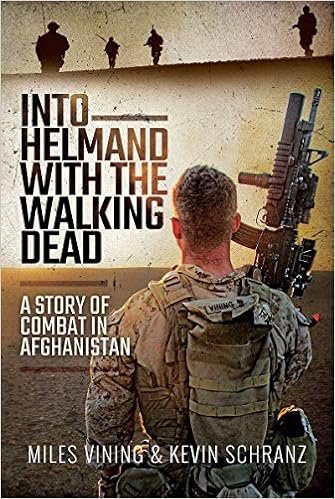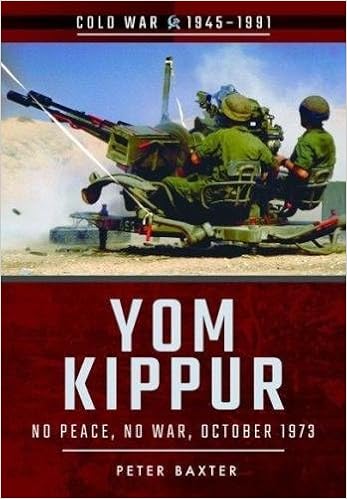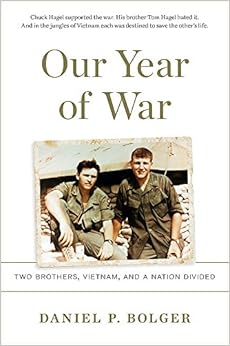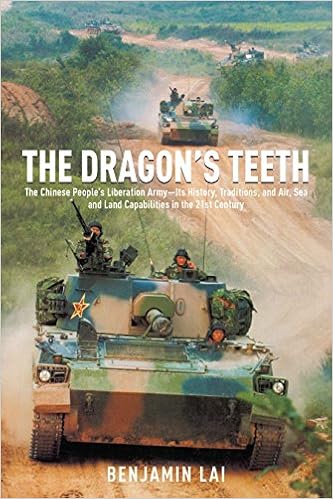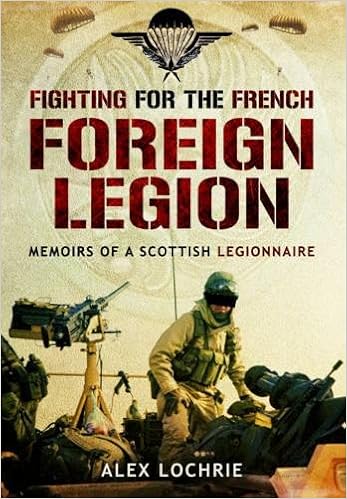Army Design Methodology: Framing the Operational Environment Utilizing the Ukraine-Russian Conflict
By William E. Butler II
The Army Design Methodology (ADM) is a systematic approach used by the military to understand, visualize, and describe complex situations. ADM is instrumental in framing the operational environment, which involves identifying the key actors, relationships, and dynamics that could impact mission outcomes (Department of the Army [DA], 2015). This methodology encourages critical and creative thinking, enabling leaders to devise more adaptive and effective strategies in the face of uncertainty and change. Using ADM, military leaders can better anticipate potential challenges, adapt to evolving circumstances, and make informed decisions that enhance mission success, which plays a crucial role in shaping military operations, fostering a deeper understanding of the operational environment, and guiding the development of robust and flexible strategies. Currently, the global dynamics are in flux as the Ukraine-Russian Conflict moves into its third year and threatens the posture of several European nations. Using ADM to frame the Operational Environment (OE) before any ground troop intervention by the United States (U.S.) or other European countries is prudent to produce a desirable outcome in the event of Large-Scale Combat Operations (LSCO), to avoid the mistakes that Russian planners made prior to the conflict. Senior enlisted leaders must comprehend ADM tenets to aid commanders in comprehending complex situations, anticipating challenges, and making informed decisions for mission success, especially in uncertain and changing environments.
Framing the Operational Environment
The environment where military operations occur heavily influences the outcome of the actions during and after a conflict. An OE encompasses the settings, circumstances, and factors impacting capabilities and command decisions; it encompasses physical realms (air, land, marine, and space) and cyberspace (JP 3-0, 2022). The commander must envision the current state and all actors participating in any operation to devise a plan to reach the desired end state. Once the commander gives clear guidance, the staff and working groups can build models for the current OE and desired future OE (DA, 2015). For example, the Russian military framed the OE for the Ukraine invasion based on their prior interventions in Crimea and the Donbas regions, along with the apathy shown by the Western nations to these actions (Hamilton, 2019). The Russian military planners mistakenly framed the OE based on past military activities and discounted the Ukrainian governmental leaders' resolve. To frame an OE correctly, planners must access all the variables to attain a proper current state.
Operational Variables
There are eight variables available to planners that assist with framing the OE for a desired end state. The variables are Political, Military, Economic, Social, Information, Infrastructure, Physical environment, and Time (PMESII-PT)—whose components might differ and affect operations (DA, 2015). The commanders' staff must synthesize these factors to give a clear plan of action. For example, in the Ukraine-Russain war, Russian military planners accessed the political climate of Ukraine as favorable for invasion due to President Volodymyr Zelensky's status as a political novice and former comedian with no firm stance politically (Mierzejewski-Voznyak, 2019). This variable refers to the allocation of responsibility and authority across all levels of government, including formal authorities and informal political power (Department of the Army [DA], 2022). Identifying the power held by political leaders is also a measure of the will of the people and the nations involved in conflicts in the OE. Operational variables help the commanders' staff gain situational understanding, which they can then analyze using key concepts to solve problems.
ADM Key Concepts
The commanders' staff produces the best mission analysis when they utilize the key concepts in ADM. ADM's significant themes include operational art, critical and creative thinking, collaboration and dialogue, systems thinking, framing, visual modeling, and narrative development (DA, 2015). Synthesizing all these concepts leads to a rich picture that allows commanders to choose the best Course of Action (COA). Visual models and narratives also improve framing activities by showing how actor goals, culture, history, and other variables within the OE relate to one another (DA, 2015). For example, the Russian planners framed the OE in Ukraine as one in which a lightning-fast attack with overwhelming firepower would stun the enemy and force international concessions (Reynolds, 2022). The staff can help the commander ensure mission success by selecting the essential task to attain the desired end state (DA, 2022). When commanders envision the desired end state, they must incorporate the fundamental concepts of visual modeling into their plan to increase the probability of success.
Visual Modeling
The ADM process requires planners to provide the commander with vivid, illustrious, and conceptual models to ensure mission accomplishment. Visual information is stimulating; visual models foster critical and creative thinking; an evidence-based, logically based visual model facilitates the transformation of innovative ideas into understanding (DA, 2015). For example, Russian planners envision the war in Ukraine based on its support in the Donetsk and Luhansk regions already under their control (The Visual Journalism Team, 2022). Additionally, the separatists backed Russian aggression due to their view of common ties and history with Russia (The Visual Journalism Team, 2022). Considering all these variables, the Russian planners painted a rich picture of the Russian military as a force of liberation. The narrative about the operation begins once the staff has completed the visual work model.
Narrative Development
A concise narrative based on the presented visual models drives the process of helping the commander provide a clear intent, allowing for the highest chance of mission success. A narrative is a story that gives meaning to people, things, and events. It also emphasizes how different aspects of the histories of people, communities, organizations, and nations show how they define themselves (DA, 2015). For example, the Russian narrative revolved around the need to make amends for any injustices from the past; according to President Vladimir Putin, the invasion is taking place to defend ethnic Russians and Russian-speaking people living in Ukraine (Ferris, 2022). The Russian leadership tried to whip up support for their actions using revisionist histories and the liberation of Russians in Ukraine. A complete narrative further drives the framing process using tools and techniques to shape the OE.
Tools and Techniques
The commander and their staff further accelerate the framing process through a comprehensive narrative, utilizing tools and tactics to mold the OE. Commanders and staff employ various techniques to frame the OE and problems, including mind mapping, research, meta-questioning, challenging presumptions, and applying the four ways of seeing (DA, 2015). The staff enables the commander in the planning process to complete an estimate of the situation and decide on the COA. An assumption is a supposition about the current situation or a presupposition about the future course of events, either or both assumed to be true without positive proof (JP 5-0, 2020). Assumptions need time for verification; however, using assumptions in planning is effective if the assumptions are highly probable and necessary to continue planning. For example, Russian assumptions for the Ukraine invasion centered on a swift operation of only ten days, a quick deposing of Ukrainian leaders, infrastructure control, and military dominance (Reynolds, 2022); one critical concern with using assumptions is that too many can lead to mission failure, which the Russian planners miscalculated based on multiple assumptions without verification. To fully flesh out assumptions, meta-questioning becomes an invaluable tool to dispel faulty assumptions.
Questioning assumptions made by planners can rule out defective assertions made during the COA development process. Meta-questions delve into intricate matters to uncover the real, as opposed to surface-level, aspects of the problem; these more complex queries investigate concepts, clarify issues, and expose presumptions (DA, 2015). Had the Russian planners used meta-questioning, they would have found the holes in their COA. For example, Russian planners had a detailed plan; however, they provided no backup plans, provided no decision-making guidelines for whether conventional troops should change their stance, and did not see any other outcome other than a Russian victory (Reynolds, 2022). The lack of critical thinking and detailed analysis of Russian assumptions led to the invasion, initially planned for ten days, extending into its 3rd year on 24 February 2024. The complexity that emerges during framing requires the Sergeant Major (SGM) to oversee the operations process and guide personnel on these tools and tactics to allow mission success.
Incorporating ADM as a Senior Enlisted Leader
As a senior enlisted leader, you will ensure adherence to the commander's intent or oversee the operations process. These senior enlisted leaders can ensure the correct information gets to the commander and staff from the subordinate units by implementing ADM training and principles into the training cycle. Sergeants' time training is an excellent venue for training on ADM principles. During these training events, subordinates can come up with answers to framing the OE from their viewpoint; commanders and staff can then implement these into the plans, creating buy-in from the Soldiers due to their contributions to the plans. Once the subordinate units and staff use the same sight picture, they identify gaps and reduce assumptions about the problem. Senior enlisted leaders liaise between brigade planners and Soldiers, promoting communication and understanding (Burrow, 2017). They impact parallel planning between brigades and battalions through working with different stakeholders.
Conclusion
Senior enlisted leaders must comprehend ADM tenets to aid commanders in comprehending complex situations, anticipating challenges, and making informed decisions for mission success, especially in uncertain and changing environments. The Army Design Methodology (ADM) is a systematic approach to understanding complex situations and developing effective strategies to achieve desired outcomes. By framing the operational environment and identifying key variables, military leaders can better understand potential challenges and make informed decisions to enhance mission success. The Ukraine-Russian conflict is a prime example of the importance of ADM in shaping military operations; Russian planners did not properly employ the principles of ADM, which led to protracted war and heavy personnel and equipment losses. The Russian planners had little faith in their tactical leaders, leading to gaps in the OE. The U.S. Army can learn from these mistakes and ensure they incorporate the tactical leaders, starting with the senior enlisted personnel (Reynolds, 2022). Senior enlisted leaders are vital to the ADM process by ensuring coordination during the operations planning process and implementing ADM into the unit training guidance.
| * * * |
Show Notes
| * * * |
© 2026 William E. Butler II
* Views expressed by contributors are their own and do not necessarily represent those of MilitaryHistoryOnline.com.



